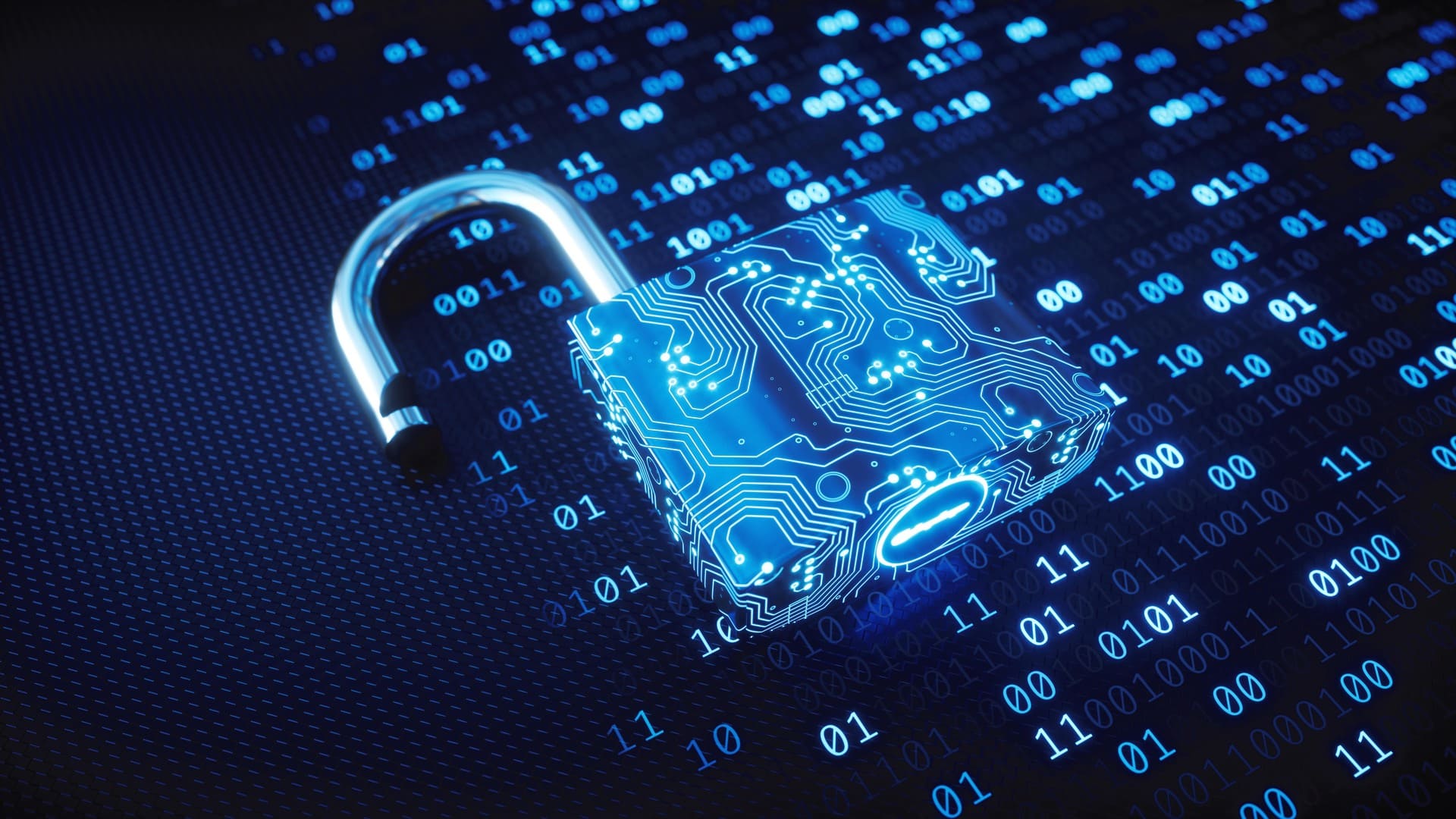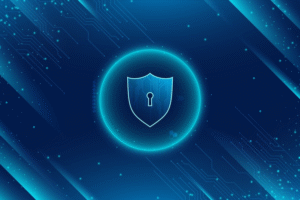In an age where digital threats are becoming more sophisticated and frequent, cybersecurity tools are essential for protecting sensitive data, securing networks, and maintaining personal and organizational privacy. Whether you’re an individual browsing the web or a business managing large volumes of data, having the right cybersecurity tools in place can make the difference between safety and a serious breach.
This article will cover what cybersecurity tools are, their core categories, how they work, and why they are crucial in today’s digital landscape.
What Are Cybersecurity Tools?
Cybersecurity tools are software or hardware solutions designed to protect networks, devices, systems, and data from unauthorized access, cyberattacks, and data breaches. These tools help prevent, detect, and respond to various threats such as malware, phishing, ransomware, and insider threats.
They are used by individuals, small businesses, and large enterprises to ensure confidentiality, integrity, and availability of digital assets.
Key Categories of Cybersecurity Tools
There are various types of cybersecurity tools, each serving a specific function in the overall protection strategy. Here are the most important categories:
1. Antivirus and Anti-Malware Software
These tools detect, block, and remove malicious software from devices. They protect against viruses, worms, trojans, spyware, and ransomware. Modern antivirus tools also offer real-time protection and behavioral analysis to identify new and emerging threats.
Common features include:
- Real-time scanning
- Threat quarantine
- Scheduled scans
- Heuristic detection
2. Firewalls
Firewalls act as a barrier between your internal network and the outside world. They monitor and control incoming and outgoing network traffic based on predetermined security rules. Firewalls can be hardware-based, software-based, or both.
Types of firewalls:
- Packet-filtering firewalls
- Stateful inspection firewalls
- Proxy firewalls
- Next-generation firewalls (NGFWs)
3. Virtual Private Networks (VPNs)
A VPN encrypts your internet connection and routes it through a secure server, hiding your IP address and making your online activity private. VPNs are essential for secure remote work, especially when accessing sensitive data over public Wi-Fi.
Benefits of VPNs:
- Data encryption
- IP masking
- Secure remote access
- Bypassing geo-restrictions
4. Password Managers
Password managers help generate, store, and manage complex, unique passwords for every account. They reduce the risk of using weak or reused passwords, which are a common target for cybercriminals.
Key features:
- Encrypted password vault
- Auto-fill functionality
- Two-factor authentication (2FA) integration
- Password strength indicators
5. Endpoint Detection and Response (EDR)
EDR tools monitor end-user devices like laptops and desktops for signs of suspicious activity. They provide advanced threat detection, investigation, and response capabilities, making them crucial for identifying sophisticated cyber threats.
Features include:
- Real-time monitoring
- Threat hunting
- Automated incident response
- Forensic data collection
6. Intrusion Detection and Prevention Systems (IDPS)
IDPS tools monitor network or system activities for malicious activity or policy violations. An Intrusion Detection System (IDS) only detects threats, while an Intrusion Prevention System (IPS) actively blocks them.
Functions:
- Packet inspection
- Signature-based detection
- Anomaly detection
- Automated threat blocking
7. Security Information and Event Management (SIEM)
SIEM tools aggregate and analyze security data from multiple sources to detect and respond to threats in real-time. They are widely used by IT security teams to centralize security monitoring and support compliance efforts.
Core capabilities:
- Log collection and analysis
- Real-time alerts
- Incident response workflows
- Compliance reporting
8. Multi-Factor Authentication (MFA) Tools
MFA tools add an extra layer of security by requiring users to verify their identity using multiple factors—such as a password, mobile device code, or biometric data. This greatly reduces the risk of unauthorized access.
Examples of authentication factors:
- Something you know (password)
- Something you have (smartphone)
- Something you are (fingerprint or facial recognition)
9. Encryption Tools
Encryption tools protect sensitive data by converting it into unreadable code, which can only be decrypted with the correct key. These tools secure files, emails, and entire disk drives, ensuring data privacy even if a device is lost or stolen.
Types of encryption:
- File-level encryption
- Full-disk encryption
- Email encryption
- Cloud storage encryption
10. Web Filtering and Secure Browsing Tools
These tools block access to malicious or inappropriate websites and prevent drive-by downloads, phishing sites, or content that poses a security risk.
Common features:
- URL categorization
- Real-time website scanning
- Content blocking
- Phishing protection
Benefits of Using Cybersecurity Tools
1. Data Protection
Cybersecurity tools ensure that sensitive information like financial data, personal identity, and trade secrets remain protected from unauthorized access.
2. Threat Prevention
Tools like firewalls, antivirus software, and intrusion prevention systems help stop cyber threats before they can do damage.
3. Real-Time Monitoring
Modern cybersecurity tools offer real-time analysis and alerts, allowing for quick action against suspicious activity or security breaches.
4. Compliance and Regulation
Many industries must adhere to strict data protection regulations. Using the right cybersecurity tools helps businesses stay compliant with laws like GDPR, HIPAA, and PCI DSS.
5. Business Continuity
A serious cyberattack can shut down operations, lead to financial loss, and damage reputation. Cybersecurity tools help ensure smooth operations and fast recovery.
Choosing the Right Cybersecurity Tools
When selecting cybersecurity tools, consider the following:
- Business size and structure: Small businesses have different needs compared to large enterprises.
- Regulatory requirements: Ensure tools help meet compliance standards in your industry.
- Scalability: Choose tools that can grow with your needs.
- Ease of use: User-friendly interfaces and support are critical for effective implementation.
- Integration: The tools should work well together and integrate with existing systems.
Best Practices for Cybersecurity
Even the best tools are only effective when used correctly. Follow these best practices:
- Keep all software and tools updated
- Use strong, unique passwords
- Enable multi-factor authentication wherever possible
- Educate employees on cybersecurity awareness
- Regularly back up important data
- Monitor systems continuously for suspicious activity
The Evolving Threat Landscape
Cyber threats are becoming more advanced, using tactics like AI-powered phishing, ransomware-as-a-service, and zero-day exploits. As a result, cybersecurity tools must evolve as well. Expect future tools to leverage artificial intelligence, machine learning, and automation to improve detection, prevention, and response times.
Cloud-based security platforms, decentralized threat intelligence, and integrated security suites will play a major role in the next generation of cybersecurity solutions.
Conclusion
Cybersecurity tools are no longer optional—they are a vital line of defense in an increasingly digital world. From protecting personal devices to securing enterprise networks, these tools offer comprehensive solutions to detect, prevent, and respond to cyber threats.
As cyber risks continue to rise, staying informed and equipped with the right tools is essential. Whether you’re an individual looking to protect your personal data or a business leader safeguarding critical infrastructure, investing in effective cybersecurity tools is a proactive step toward digital resilience and peace of mind.








1 thought on “Cybersecurity Tools: Protecting Your Digital Life”
Pingback: VPN Setup Made Simple for Small Businesses - The Techie GenusⓇ